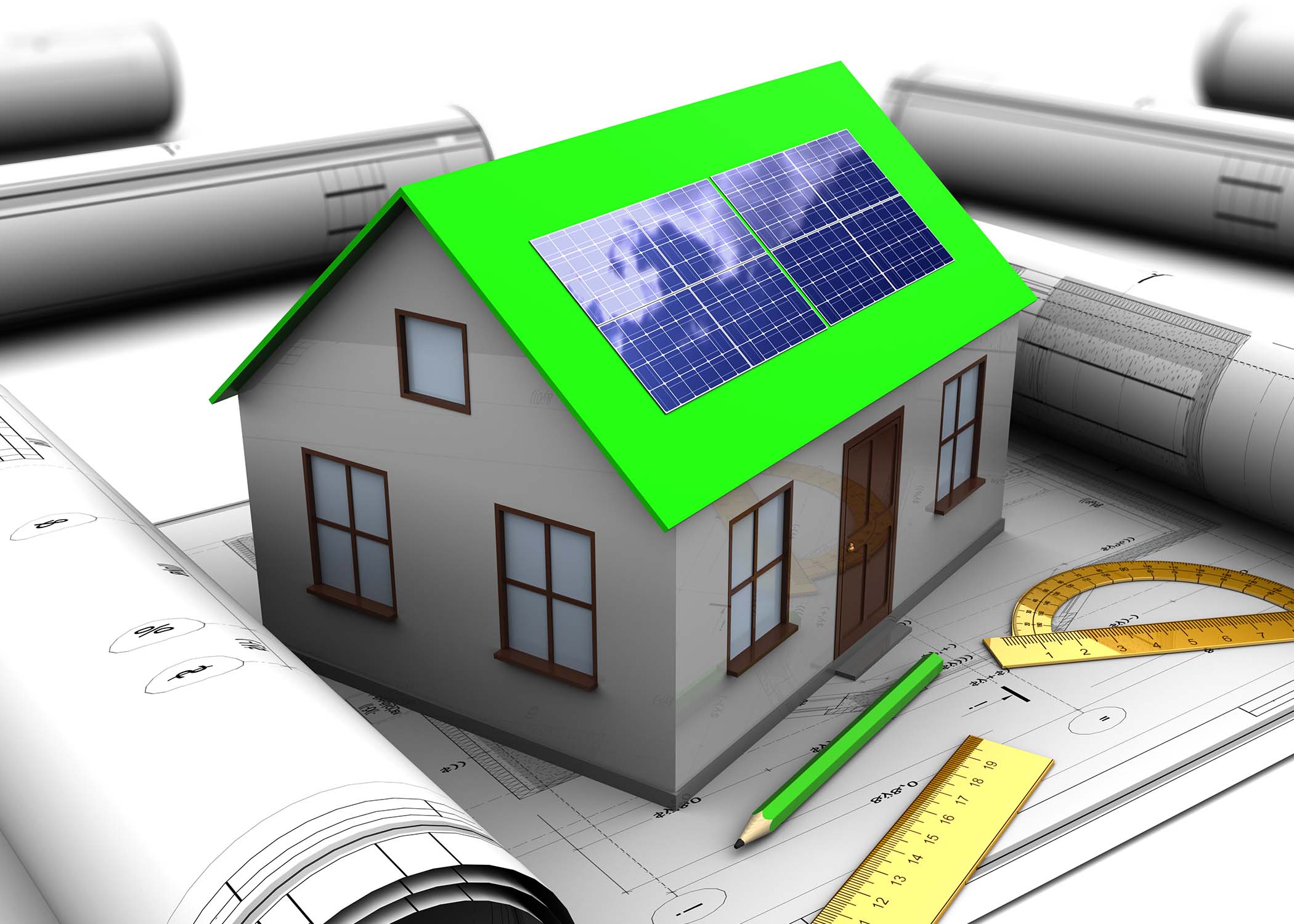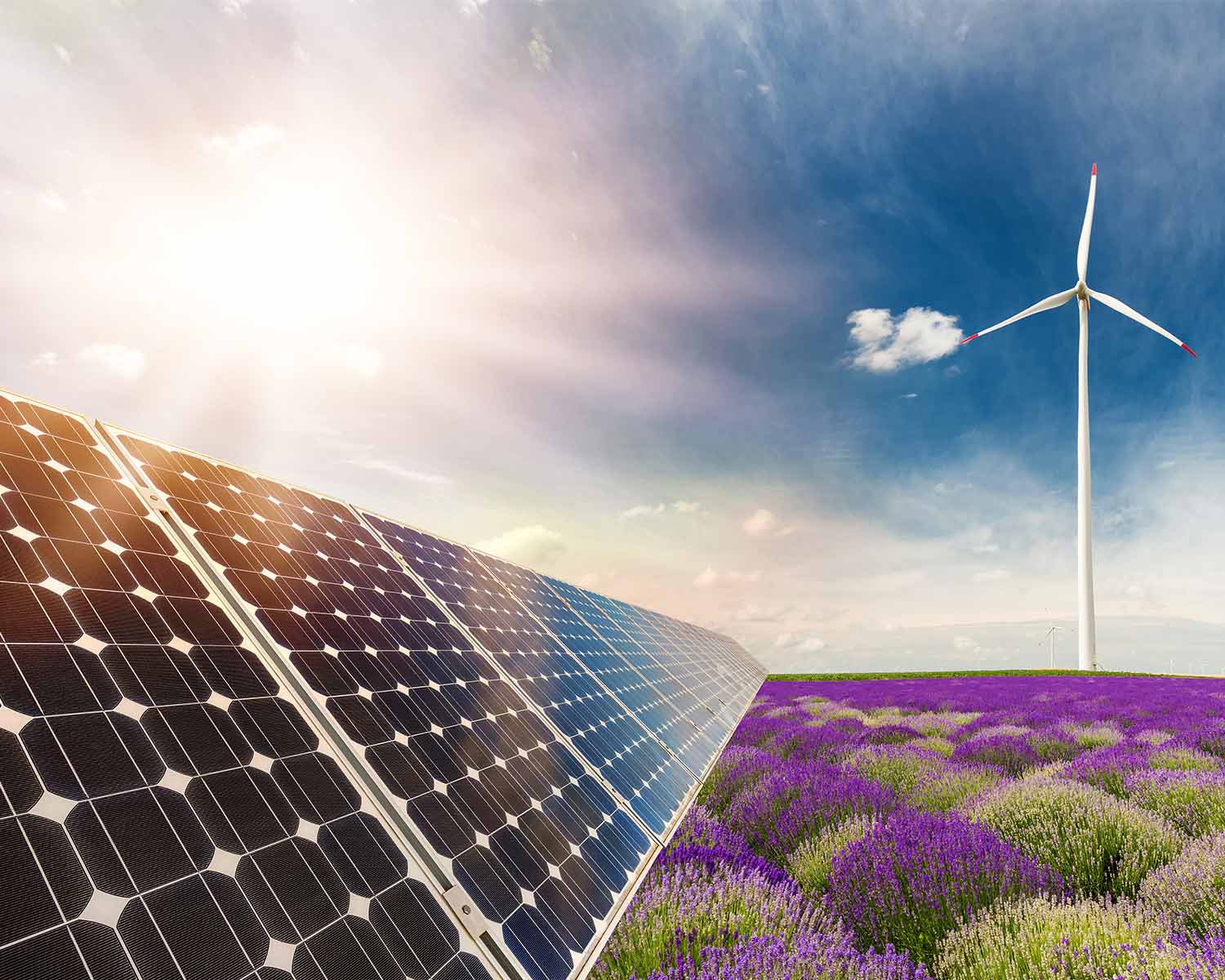In the last few years, tiny homes have taken the world by storm.
Then COVID boosted their popularity even further as we daydreamed of escaping our lockdown confinements and getting outdoors!
Ultimately, minimizing has been a hot trend for a good while.
So trendy, in fact, that we have several reality shows about getting back to the basics.
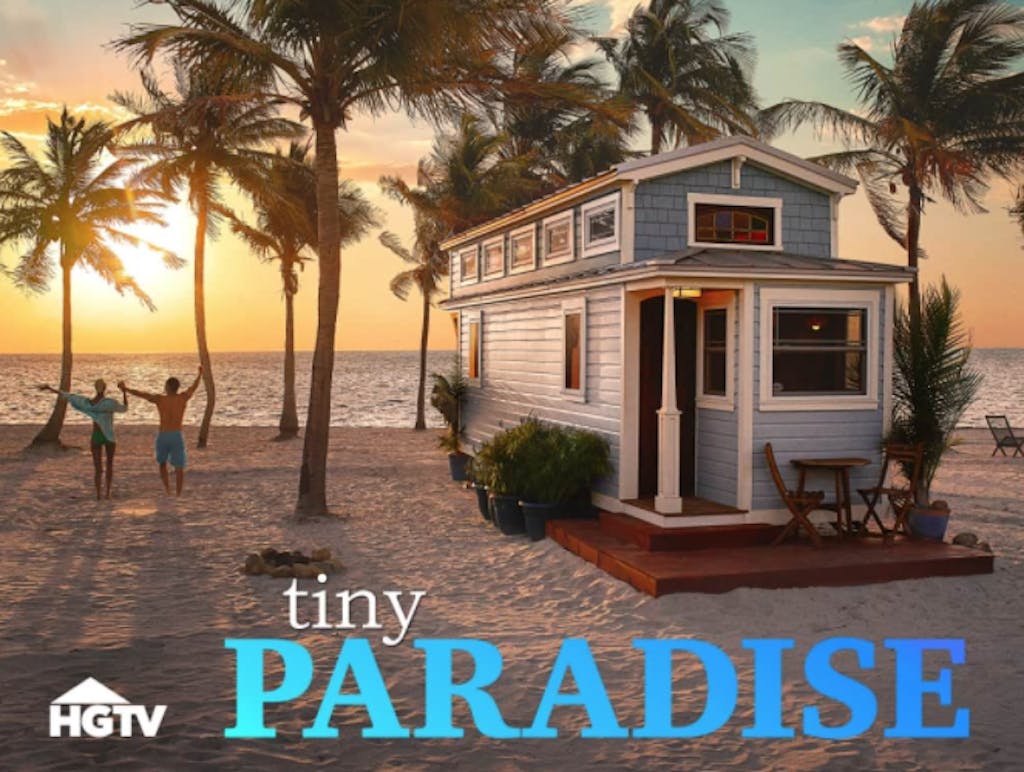
Who doesn’t want more financial freedom and to get back to nature?
So many folks raised their hands that tiny home building has evolved into a movement for people looking to live simpler lives and curb consumer habits.
And with the cost of homes through the roof nowadays, tiny homes are even more attractive than ever!
The Dimensions of It All
At this point, we all know what tiny homes look like: a small, standard-sized home, scaled down to wee proportions.
But let’s drill down further.
Some, of course, are built on foundations, while others are mounted on trailers for easy transport.
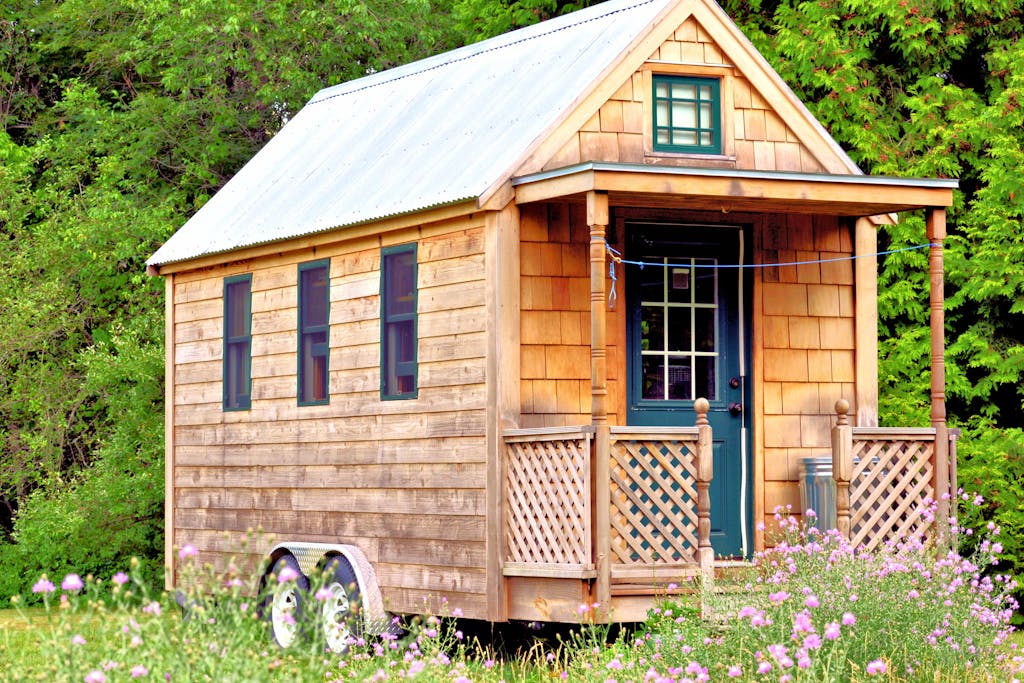
Now, if you’re building on a trailer, the Department of Transportation (DOT) will have a say in things.
To fit under bridges, you’ll need a minimum clearance of 13.5 feet.
DOT also likes to see widths 8.5 feet or less (include your wheel wells!); otherwise, you’ll need a “wide-load” permit.
In terms of length, go crazy . . . like up to 30 feet.
This also depends on your truck’s towing power, of course.
Bear in mind this may be your chance to purchase a cool monster truck if need be, but when you’re down-sizing, down-sizing it is.
While tiny homes are constructed with far less square footage – 100 to 400 square feet, most try to take full advantage of the surrounding outdoor space.
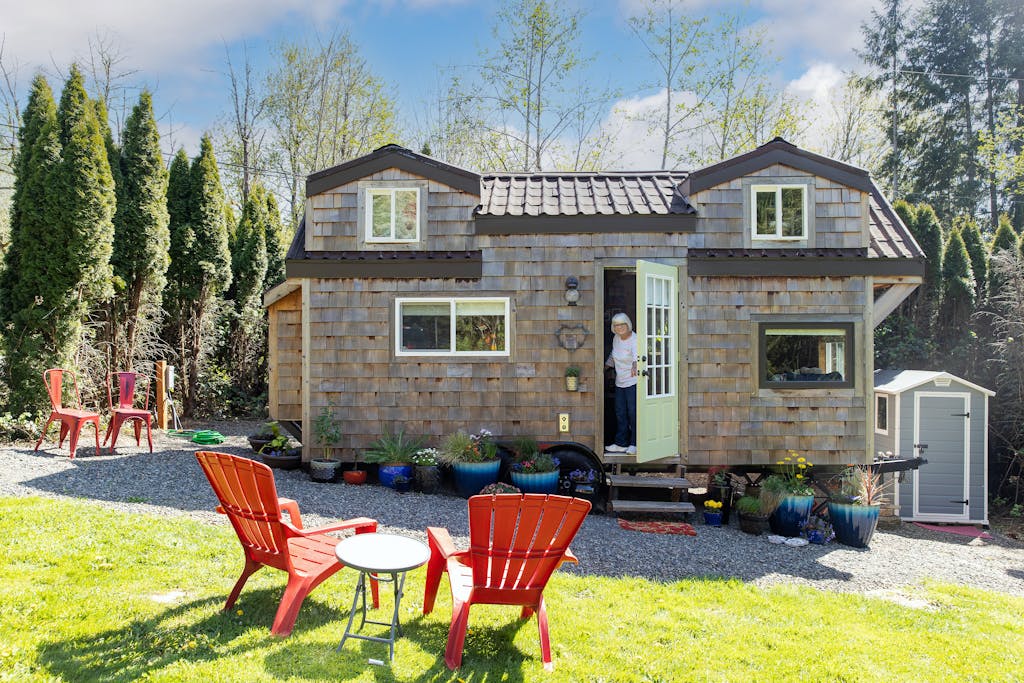
This is more than just a change in the real estate mindset.
It’s a personal philosophy about a life focused on spending more time doing what you love in places that make you happy.
It’s about living life on your own terms, and who would say not to that?
What Is the “Tiny House Philosophy”?
Perhaps you’ve never heard of the term before (some of us admittedly haven’t).
But people who live in tiny homes often view it as a way to live within their means and make positive changes in the world.
You might wonder what a tiny house provides.
Let’s check it out.
#1: Financial Freedom

On average, Americans spend 37% of their take-home income on housing costs. That’s pretty hefty.
People looking to live tiny want the ability to pay off their homes within a reasonable period and to avoid being cash poor as they try to cover monthly expenses and a mortgage.
Some people don’t even have to take out loans, which is largely why tiny homes are super attractive.
#2: Favorable Lifestyle
Individuals and families who adopt the tiny house philosophy see the advantages of a minimalist lifestyle.
Most feel they live a better life because what they gain in time, income, and self-determination offset a loss of square footage.
In fact, many tiny homeowners enjoy their lives more after trimming the burden of belongings and debt.
#3: Environmental Benefits
Tiny homes take up less space, and that’s a big plus for buyers.
People who want to buy or build a small house like the idea of a limited environmental footprint.
They can choose to run their homes on solar energy, which is cost-efficient and better for the biosphere.
Thanks to tiny homes’ popularity and reality show stardom, tiny home communities are popping up across the country.

And urban areas are building them for community revitalization projects and affordable housing.
What Are Different Types of Tiny Homes?
The tiny home industry is diverse, and there are multiple types and styles. The different varieties of miniature abodes include:
Shipping Containers
These homes are made from metal shipping containers that are no longer being used for their intended purpose.
Instead of getting scrapped, they’re rehabbed into a modern and stylish tiny home.
Cob Homes
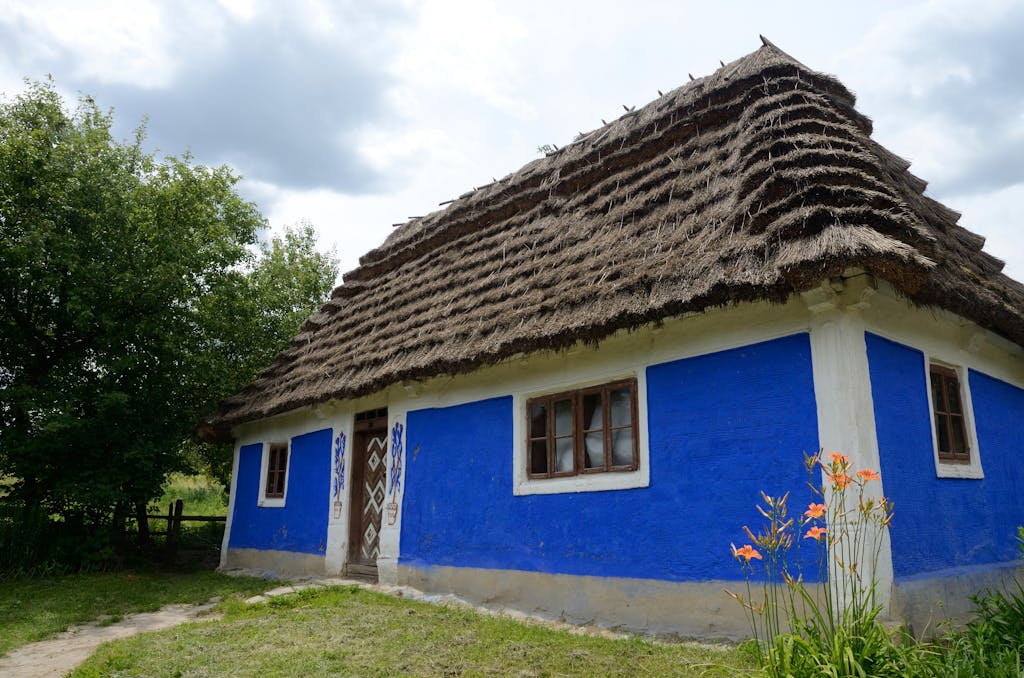
A cob home is made from a mixture of straw, clay, and sand.
This combination, when mixed right, provides a sturdy, energy-efficient, natural home.
Upcycled Homes
Tiny homes made from recycled materials are trendy.
Often people use materials reclaimed from old barns, demolished homes, and metal scraps to create unique, cozy, and inspired little houses.
Yurts
Yurts are popping up in campgrounds worldwide, with growing numbers choosing to reside in these circular structures permanently.
They’re made from wood or bamboo lattice and durable, weather-proof fabric.
Recreational vehicles
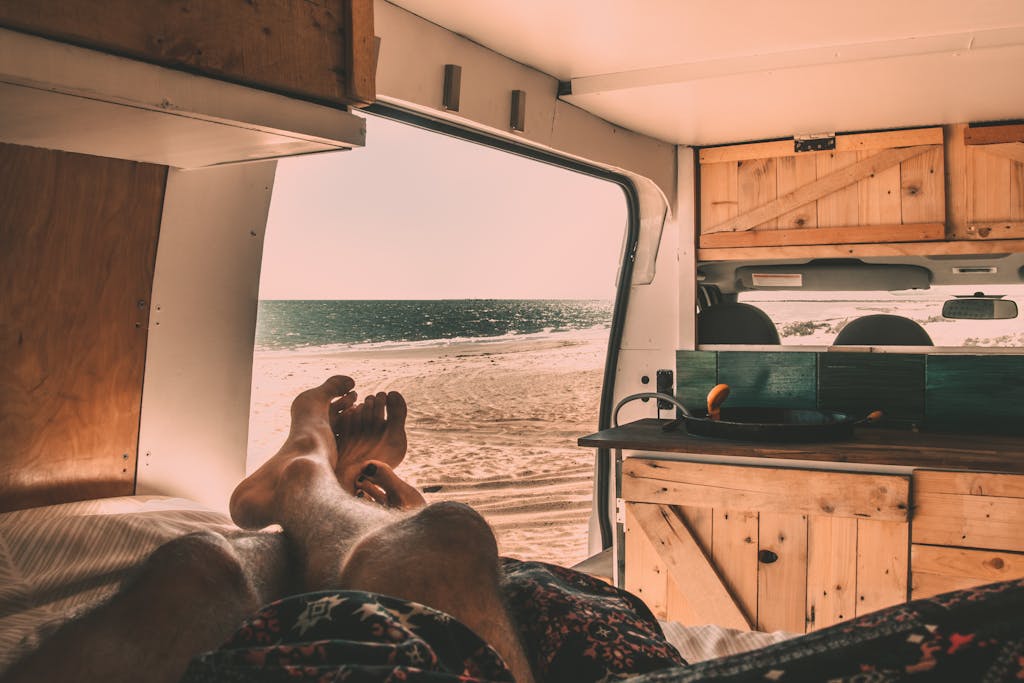
RVs are no longer just for vacations.
Whether it’s a traditional tiny home mounted on a trailer, a 30-foot motorhome, or a pop-up van, mobile homes have taken off!
Currently, at least 1 million Americans live full-time in a recreational vehicle.
What Are the Pros of Living in a Tiny Home?
Let’s now take a look at the advantages of living in a tiny home.
#1: Cost-Savings
While you can undoubtedly choose options that compare in price to a traditional home, most tiny houses cost between $30,000 and $60,000 on average.
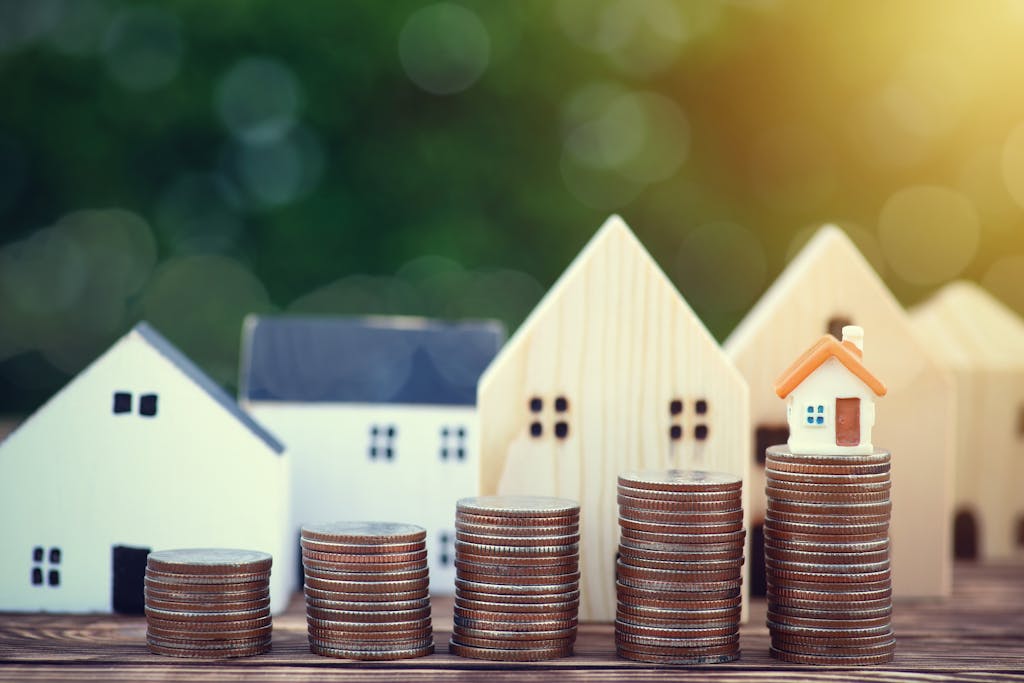
#2: Low Maintenance
They are super easy to clean and maintain . . . since thankfully the amount of cleaning is meager.
#3: Minimal Carbon Footprint
They’re environmentally friendly and can lower a household’s ecological footprint by 45%.
#4: Freedom
Those who live in a tiny house also tend to feel closer to nature and enjoy more free time because house chores don’t tie them down.
What Are the Cons of Living in a Tiny Home?
On the flip side, there are some drawbacks to mull over:
#1: Claustrophobia
Living in such a small space isn’t for everyone.
And it’s necessary to purge your belongings because there isn’t much room in the attic for Rubbermaid tubs.

#2: De-Clutter (til you hit the wall and push thru)
You have to be able to pare down your life in a true minimalist fashion.
#3: Small Parties
If you’re a person who likes to entertain, you’ll be limited in a tiny house.
This isn’t a problem in summer when you can sit outdoors (stock up on citronella if you live in a mosquito zone).
Now, winter may be a little trickier but cozy around the firepit.
#4: Zoning Laws
Another big challenge for anyone who wants to live in a tiny home is zoning laws.
Not every place is tiny-home friendly, so you have to make sure you build where they are.
Now, let’s turn to a burning question.
Are Tiny Homes Energy-Efficient?

How energy efficient are these dwellings?
Tiny homes tend to be more energy-efficient than traditional homes because of their size, but if they are connected to the grid, like a conventional home, they aren’t as efficient as they could be.
However, these houses are ideal for solar power systems.
Tiny home solar panels can lower energy bills or eliminate them in an off-grid home when tied to the grid.
What Is a Tiny House Solar System?
At Unbound Solar®, we can help you explore the answer to, “What is a tiny house solar system?”
Different types of tiny homes have different needs, and if you’re ready to minimize your life and maximize your happiness, we’re here for you.
We can work with you to find your perfect solar energy solution.
Whether you need a customized roof-mounted system, a ground-mounted system, or a portable one, we’ve got you covered.
Get in touch today to find out more about our selection of solar panels for tiny homes!


